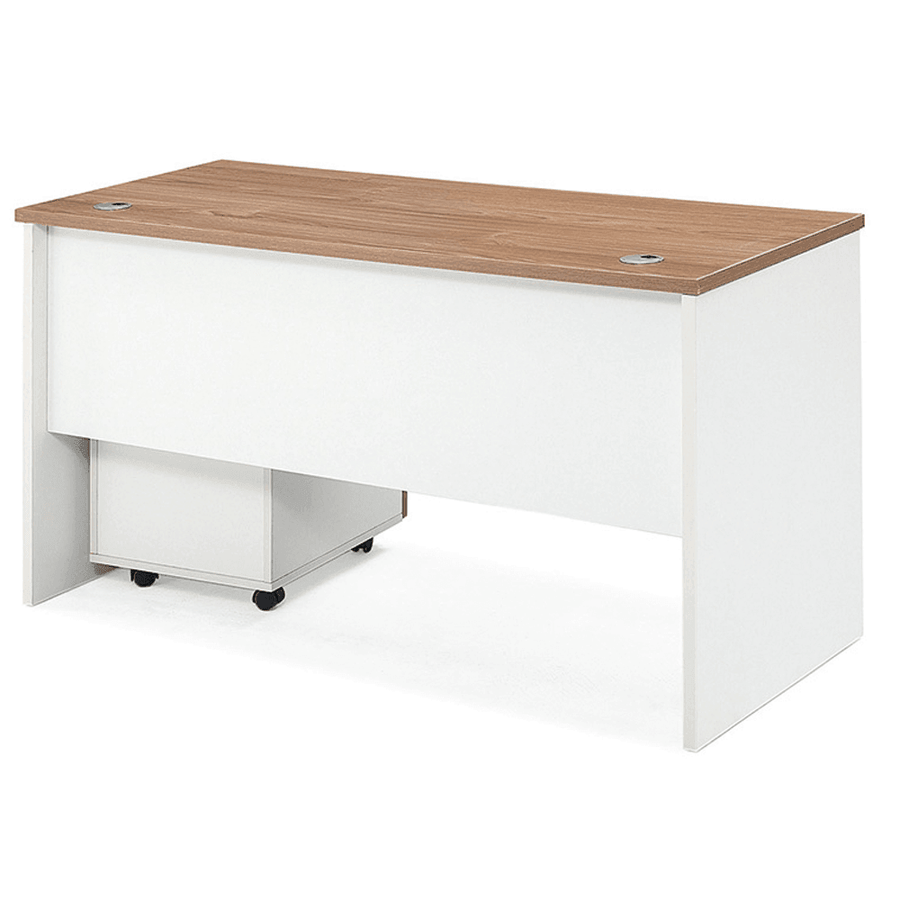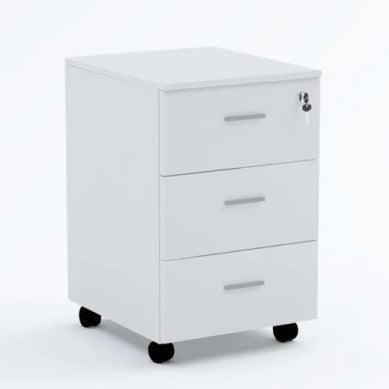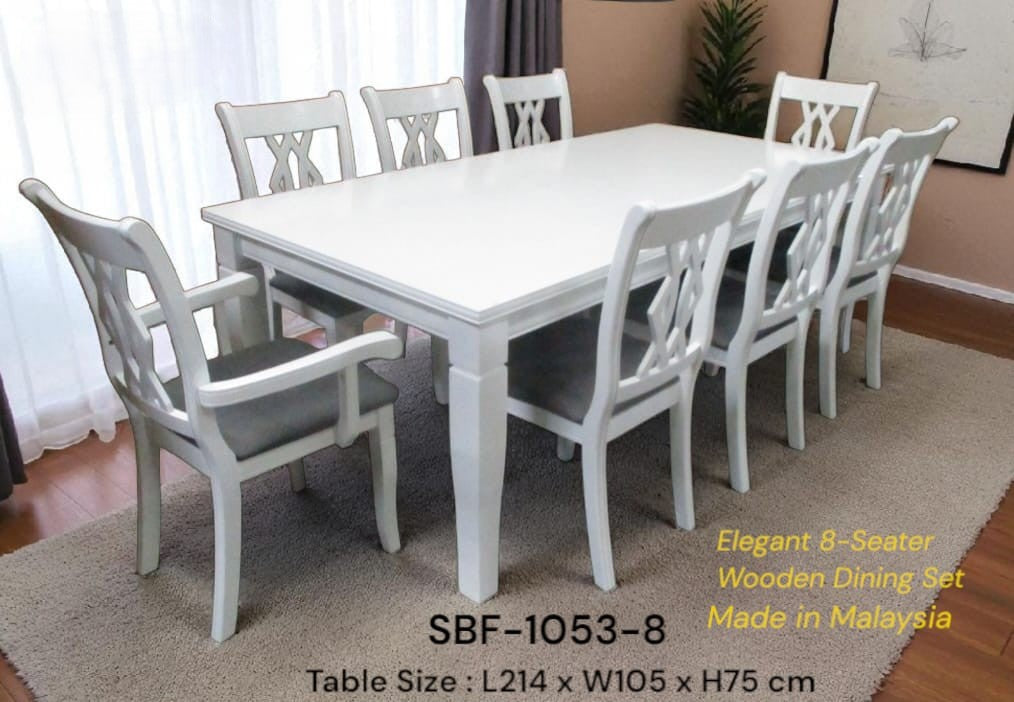The Pros and Cons of Different Office Carpet Materials
Selecting the most suitable carpet material for an office is critical to establishing a comfortable and professional working atmosphere. The carpet material you choose can affect the overall look, durability, maintenance, and even the room's acoustics. With so many choices, knowing the advantages and disadvantages of various office carpeting materials is a good idea for making a well-informed choice. Whether you're designing a new office or redesigning one that already exists, the knowledge of the strengths and weaknesses of each material will enable you to make the ideal choice for your office. If you want the best office carpet solutions, Office Carpet Dubai has a comprehensive collection of high-quality options that will fit all offices and budgets.

1. Nylon Carpets
Nylon is a favorite office carpet because it is robust and resilient.
Pros:
-
Longevity: The nylon fibers are strong and wear-resistant, making them perfect for high-traffic spaces.
-
Stain Resistance: Most nylon carpets are coated with a stain-resistant finish, which makes cleaning them a breeze.
-
Versatility: Nylon carpets come in various shades and designs, so you can pick one that complements your office décor.
Cons:
-
Cost: Nylon costs more than other artificial materials, such as polyester or olefin.
-
Static Build-Up: Nylon carpets tend to build up static electricity unless finished with an anti-static treatment.
2. Polyester Carpets
Polyester is soft to the touch and comes in bright colors.
Pros:
-
Softness: Polyester carpets are soft to walk on, creating a pleasant working space.
-
Stain Resistance: It is resistant to most water-based stains, making it simple to clean.
-
Eco-Friendly Options: Some polyester carpets are recycled.
Cons:
-
Durability: Compared to nylon, polyester is less durable and will flatten in heavy-traffic areas.
-
Oil-Based Stains: Polyester fibers can soak up oil-based stains, which are hard to clean.
3. Olefin (Polypropylene) Carpets
Olefin is an affordable product with good commercial performance.
Pros:
-
Resistance to Moisture: Olefin resists mildew and moisture and is appropriate for high-humidity environments.
-
Resistance to Color Fading: It resists sunlight-induced fading of colors and holds colors well.
-
Economy: Olefin is among the least expensive carpet materials.
Cons:
-
Strength: Olefin fibers are crushed and matt due to heavy usage.
-
Oil-Based Stains: Like polyester, olefin fibers quickly pick up oil-based stains.
4. Wool Carpets
Wool is a natural fiber with a luxurious texture and durability.
Pros:
-
Warmth and Comfort: Wool offers a cushioned, soft texture and temperature-regulating ability.
-
Durability: Wool fibers are naturally resilient and strong and retain their appearance in the long run.
-
Environmental Safety: Wool is a renewable and biodegradable product.
Cons:
-
Cost: Wool is among the costliest carpet materials.
-
Maintenance: Wool carpets need professional cleaning and are moisture-sensitive.
-
Staining: Wool takes up liquids readily, so it is easily stained.
5. Blended Carpets
Mixed carpets blend different fibers to harmonize durability, comfort, and price.
Pros:
-
Performance: Nylon-wool or polyester-olefin blends provide added strength and softness.
-
Versatility: Mixed carpets offer ample variety in textures and colors.
-
Cost-Effective: Blended carpets are cheaper than pure wool, with some advantages remaining intact.
Cons:
-
Maintenance: Various fibers in blends might need unique cleaning methods.
-
Durability Variation: The durability of blended carpets will vary with the ratio of each material.

Conclusion
Choosing the appropriate carpet material for your office is a trade-off between durability, maintenance, comfort, and cost. Nylon and wool provide superior durability at a higher price, while polyester and olefin offer cheaper alternatives with compromises on resilience and stain resistance. Blended carpets strike a balance between performance and cost. If you are exploring options for premium office flooring, Office Carpet Dubai provides a comprehensive selection of materials and styles to match your office's needs. Knowing the pros and cons of each material will help you create a stylish and comfortable office environment that supports productivity and enhances the overall work atmosphere.




